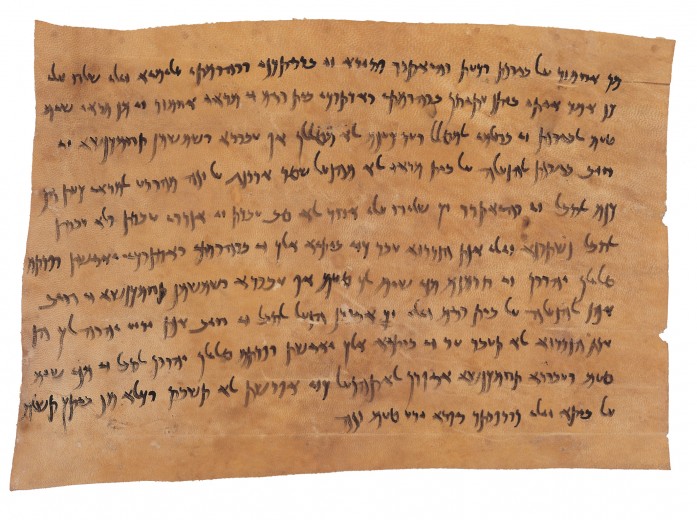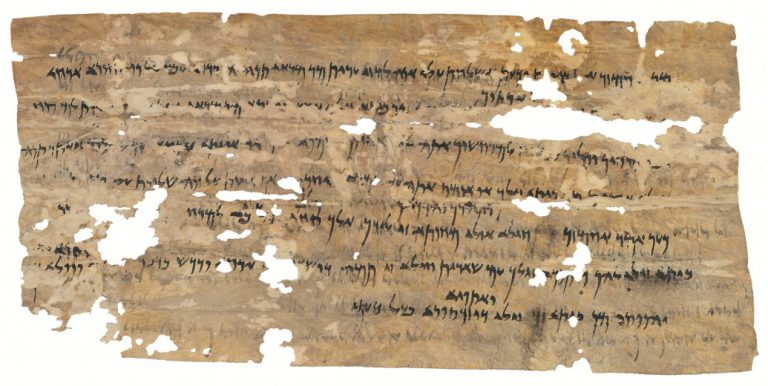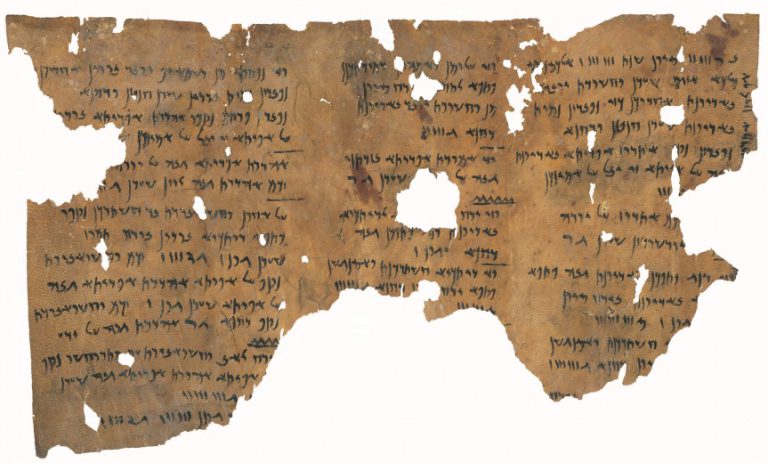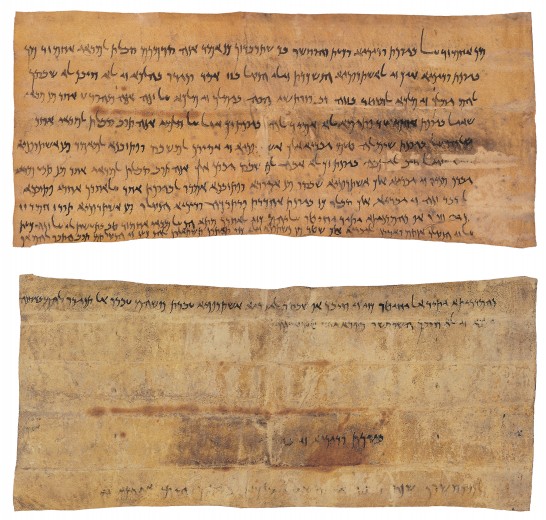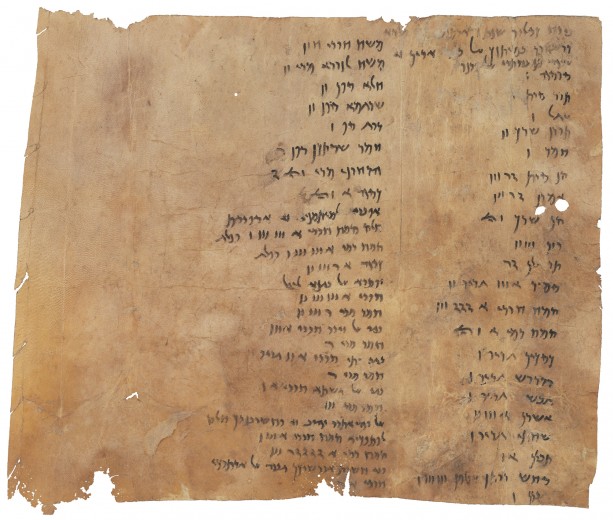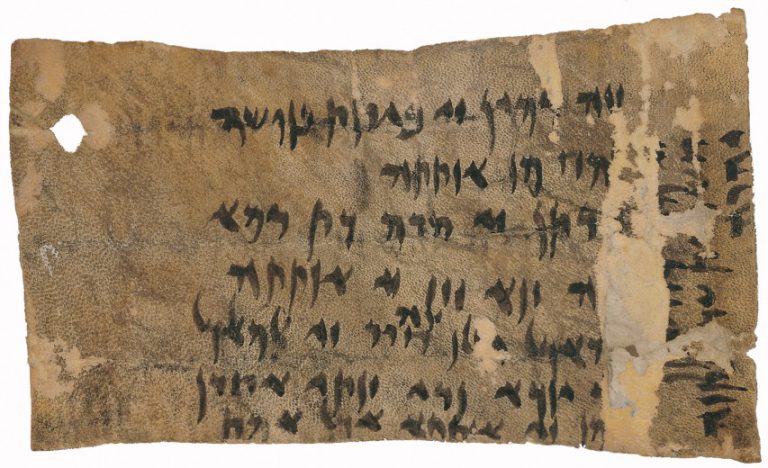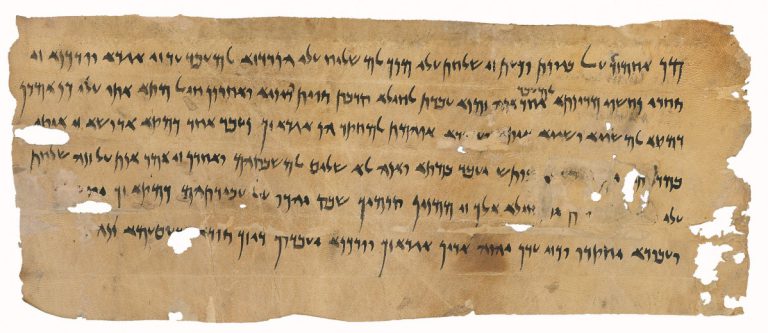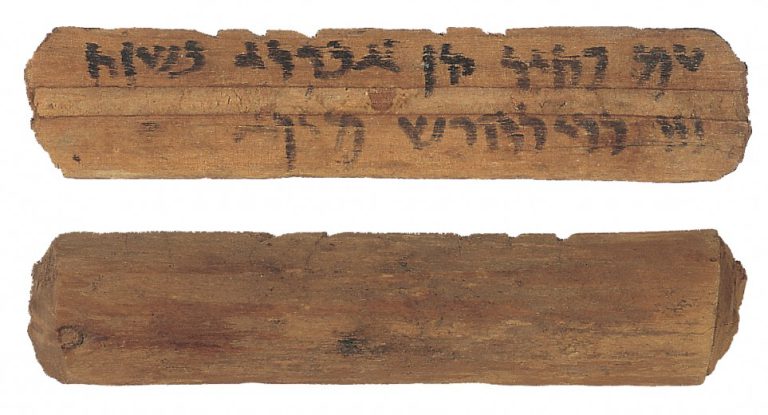-

Letter from Akhvamazda to Bagavant
22.7 x 31.5cm
mid-fourth century BC Bactria
-

Letter from Akhvamazda to Bagavant
15.3 x 32cm
3 Marheswan, year 8 of Artaxerxes III, corresponding to 19 November 351 BC Bactria
-

A Long List of Supplies Disbursed
29.1 (maximum) x 49.6cm
starts on 15 Sivan, year 7 of Alexander, corresponding to 8 June 324, and continues over three months Bactria
-

Tally, with Taitaka from Gauza
2x19.7cm
year 3 of Darius III, corresponding to 334 BC Bactria
-

Letter from Akhvamazda to Bagavant and the Magistrates
14.6 x 32.2cm
Marheswan, year 6 of Artaxerxes III, corresponding to November–December 353 BC Bactria
-

List of Supplies for Bayasa (Bessus)
33 x 39.5cm
Kislev, year 1 of Artaxerxes V, corresponding to November–December 330 BC Bactria
-

Letter from Bakhtrifarnah to Chithrachardata
7.2 x 27.7cm
mid-fourth century BC Bactria
-

Small Document, Perhaps a Label
9.6 x 15.6cm (maximum)
mid-fourth century BC Bactria
-

Letter from Akhvamazda to Bagavant
14 x 34cm
3 Sivan, year 11 (or 12) of Artaxerxes III, corresponding to 21 June 348 (or 10 June 347) BC Bactria
-

Tally, with Patiyara from Abudi
2x9.3cm
year 3 of Darius III, corresponding to 334 BC Bactria
Aramaic Documents (353-324 BC)
The 48 Aramaic documents from Ancient Bactria occupy a special place among the treasures of the Khalili Collections. The group are for the most part letters and accounts connected with the court of the satrap of Bactria, Akhvamazda, and with his governor, Bagavant. This is the first time that parts of the internal correspondence of the administration of Bactria and Sogdiana have come to light. The documents are written in Official Aramaic, a term that describes both the language and the script. They may be placed in or near Balkh, the capital city of Bactria in antiquity, and span a period of less than thirty years, from 353 to 324 bc. This was, however, a period of great turmoil with far-reaching consequences for the history of the East, particularly of Central Asia. During this period, which begins with the reign of Artaxerxes III, the Achaemenian Empire came to an end when the kingdom was captured by Alexander the Great. One document is dated to year 7 of his reign. In this extraordinary document, corresponding to 8th of June 324 BCE, his name appears clearly as `Iksndrs’ on the top right. All known documents previously had always referred to him as `Iksndr’, which makes this document the first time Alexander the Great became ‘Alexandros’ for which he was known throughout history.

